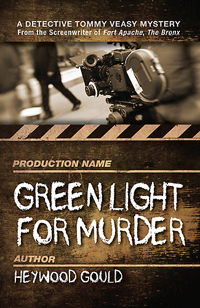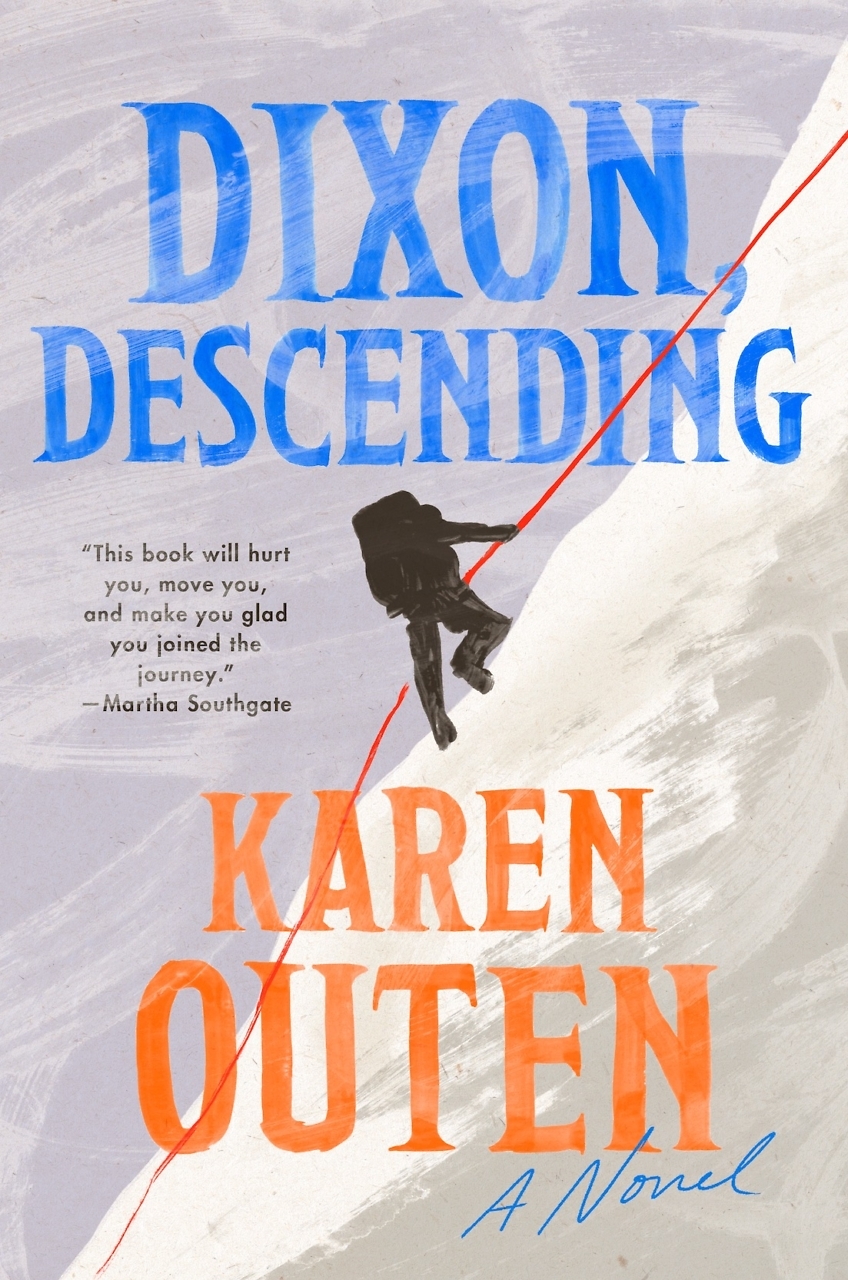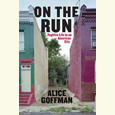When the Killer’s Not the Mystery
Screenwriter Heywood Gould’s offbeat thriller turns the classic detective story upside down
It can be a little disorienting to pick up a detective thriller only to discover that the identity of the homicidal maniac is no mystery. To find, in fact, that the killer is making a movie about his serial crimes, directing an imaginary crew to pull back on this decapitated head, move in tighter on that drowning body, etc. But, hey, this is Hollywood, where backstabbing producers must die, and violently—especially if they hijack the scene ideas of erstwhile director Jay Braffner, the protagonist of Heywood Gould’s new thriller, Green Light for Murder.
 That the story is conveyed partly in script and partly through directing notes is both an original device and a reflection of the professional experience of the author. Heywood Gould’s screenplays and directing credits include the 1988 film Cocktail, starring Tom Cruise, and the 1981 Fort Apache, The Bronx with Paul Newman. This is Gould’s eighth novel and the first in a series featuring Tommy Veasy, a detective in the La Playita Police Department recently returned from administrative leave.
That the story is conveyed partly in script and partly through directing notes is both an original device and a reflection of the professional experience of the author. Heywood Gould’s screenplays and directing credits include the 1988 film Cocktail, starring Tom Cruise, and the 1981 Fort Apache, The Bronx with Paul Newman. This is Gould’s eighth novel and the first in a series featuring Tommy Veasy, a detective in the La Playita Police Department recently returned from administrative leave.
Veasy hasn’t been back at the La Playita Police Department long when Hollywood producers start turning up dead, all in circumstances that suggest suicide. It occurs to Veasy that the deaths may be connected, and in fact murders, but convincing the police chief, his nemesis, is futile: Veasy’s credibility in the department took a hit when he came up empty in the investigation of the rape, torture, and murder of a ten-year-old girl, and then nearly beat someone to death to force a confession. To cope with the memories of the child’s face, which continues to haunt him, Veasy smokes copious amounts of marijuana and writes verse at the oddest moments. Like when he first sees the daughter of a home-invasion victim:
Just call her Dexatrim Slim
Nose job, eye pop
Boobs are a hymn
Hey, Miss Tummy Tuck,
If you run out of luck
Would you consider a cop?
Not on a whim, Jim.
 Green Light for Murder’s madman, aging director Jay Braffner, has been released from a court-ordered commitment because his insurance plan changed coverage schedules. (Even thriller writers enjoy expressing contempt for the insurance industry.) And while Braffner’s on a killing spree, meticulously targeting the producers who swiped his ideas and managing to make mincemeat of a few inconvenient people in between, Police Chief George Jonas seems more concerned about nailing high-school dope dealers.
Green Light for Murder’s madman, aging director Jay Braffner, has been released from a court-ordered commitment because his insurance plan changed coverage schedules. (Even thriller writers enjoy expressing contempt for the insurance industry.) And while Braffner’s on a killing spree, meticulously targeting the producers who swiped his ideas and managing to make mincemeat of a few inconvenient people in between, Police Chief George Jonas seems more concerned about nailing high-school dope dealers.
Speaking of nailing, Veasy and fellow detective Cheri Tingley have embarked on a more personal kind of investigative work. And working together, they figure out what no one else at the department has discerned: that a certified psycho is on the loose with ties to all the victims. The only question for them is how to stop the murderer before the death toll rises. The next likely victim is the Viagra-popping producer Lester Tarsis, who has a staff of has-been writers and a two-hooker-a-weekend habit to support with a show that is now being aired only in Montenegro and Botswana. When Veasy finally gets a meeting with Tarsis, the producer is less than sentimental. “May I interrupt this roll call of the honored dead?” he says to Veasy as his email dings. (Despite this inauspicious comment, Tarsis is a character readers will find oddly endearing.)
Green Light for Murder is offbeat and inventive. And if readers can get past the sawed-off body parts in garbage bags and the frequent references to hookers, dope, and general sleaze, it is also hysterically funny—a sort of literary burlesque whose dialogue packs wallop after wallop. Let’s hope Veasy and his roach clip return soon.
Heywood Gould will read from and sign copies of Green Light for Murder at Mysteries & More in Nashville on May 18 at 2 p.m.


